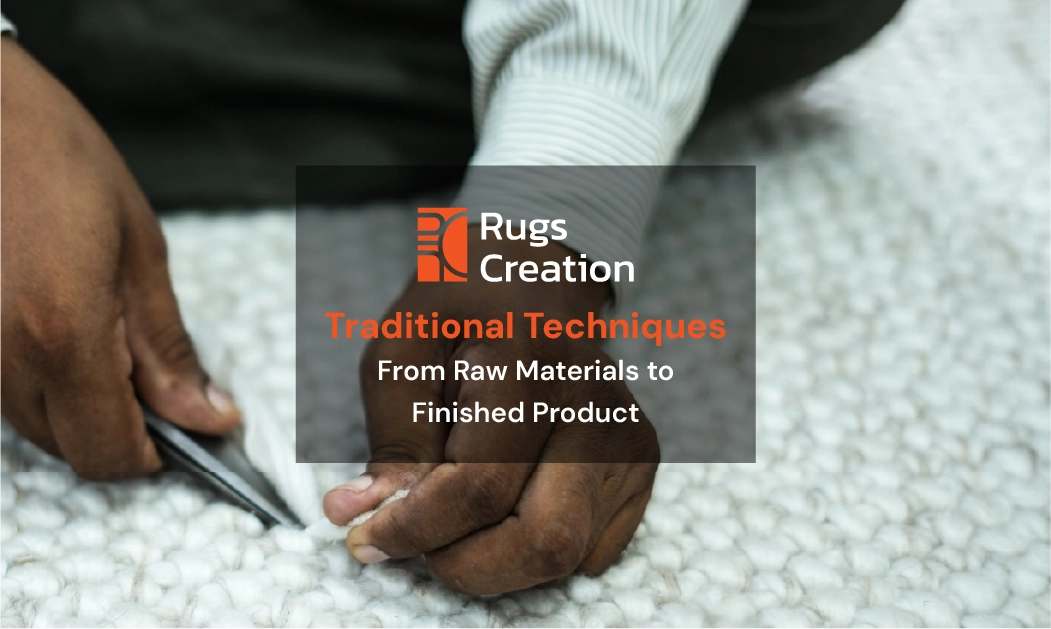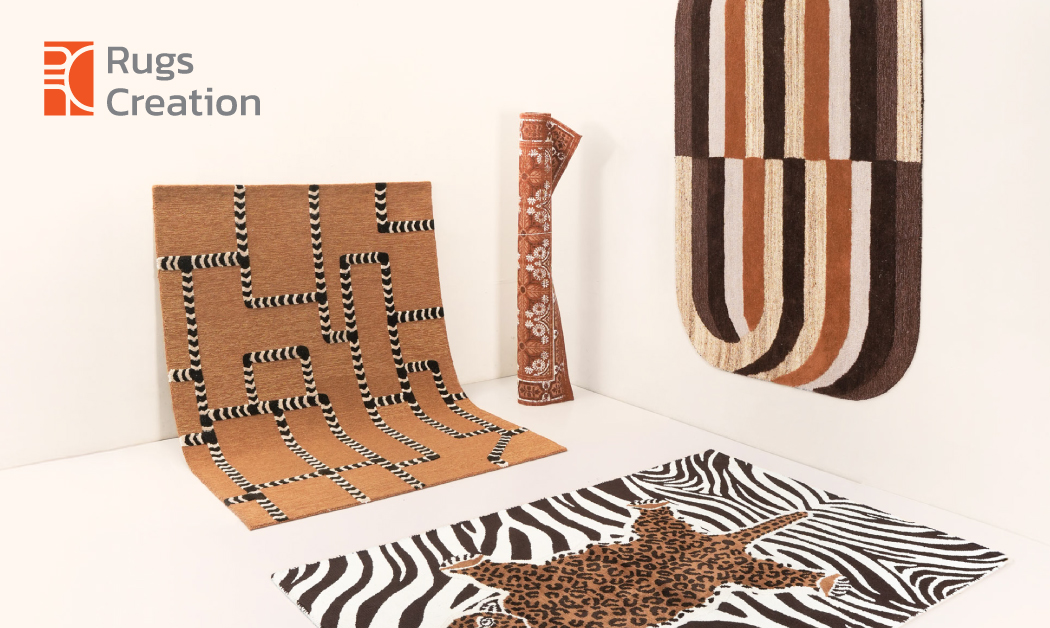In an age dominated by mass production and advanced technology, traditional techniques in manufacturing stand as a tribute to human creativity and cultural heritage. These age-old practices passed down through generations, play a crucial role in maintaining the richness and diversity of our cultural tapestry. This blog delves into the significance of traditional techniques, from the sourcing of raw materials to the creation of exquisite finished products.
Table of Contents
ToggleThe Importance of Traditional Techniques
Traditional manufacturing techniques are not merely methods of production; they are embodiments of cultural and historical significance. Practices such as weaving, pottery, and metalworking have deep roots in the history of civilizations, serving both functional and artistic purposes. Preserving these techniques is vital as they offer a window into our past and uphold the unique identities of various communities. In the modern era, where mechanization often overshadows manual craftsmanship, the value of these traditions lies in their ability to connect us to our heritage and promote sustainable, slow fashion.
Raw Materials and Their Sources
The foundation of any traditional manufacturing process is the raw material. In the context of weaving, natural fibers like wool, cotton, and silk are indispensable. These materials are sourced through sustainable practices, often involving community efforts.
For example, wool is obtained through shearing sheep, a practice that not only provides high-quality fiber but also supports pastoral livelihoods. Similarly, cotton is harvested through labor-intensive processes that have been refined over centuries to maximize yield and quality. The preparation of these materials- cleaning, carding, and spinning, is an art in itself, ensuring that the fibers are ready for the intricate process of weaving.
Traditional Manufacturing Processes
Traditional manufacturing processes are characterized by their meticulous attention to detail and the skillful hands of artisans. The fabric manufacturing process has various types of techniques such as weaving, tufting, bonding, and knitting. Let’s explore the technique of weaving:
Weaving
- Warping the Loom: The process begins with warping the loom, where threads are carefully measured and arranged to create the fabric’s foundation.
- Threading the Weft: Once the warp is set, the weft threads are woven through it, creating patterns and textures. This step requires precision and creativity, as artisans often incorporate intricate designs.
- Beating the Weft: The weft threads are beaten into place with a comb-like tool, ensuring a tight and even weave.
- Finishing Touches: After weaving, the fabric is finished by washing, trimming, and sometimes dyeing to enhance its beauty and durability.
These steps highlight the painstaking effort and expertise involved in transforming raw fibers into beautiful textiles. Images or videos illustrating these techniques can provide a deeper appreciation for the craftsmanship.
Artisans and Craftspeople
The heart of traditional manufacturing lies in its artisans and craftspeople. These skilled individuals dedicate their lives to mastering their craft, often learning through apprenticeships and family traditions. Their stories are a symbol of resilience and passion. For instance, weavers in India, known as “Karigars”, face numerous challenges, from economic pressures to competition from machine-made products. Yet, they continue to preserve their craft, driven by a deep sense of pride and cultural duty. By spotlighting these artisans, we acknowledge their invaluable contributions and the rich heritage they uphold.
Sustainability and Ethical Practices
Traditional manufacturing is inherently sustainable and ethical. The use of natural materials and manual techniques reduces the environmental impact, contrasting sharply with the resource-intensive processes of modern industrial production. Additionally, these practices often support local economies and promote fair trade. Organizations like Fair Trade Certified and the World Fair Trade Organization play a crucial role in advocating for responsible sourcing and ensuring that artisans receive fair compensation for their work. Supporting such initiatives helps sustain these crafts and the communities that rely on them.
Rugs Creation: Preserving Traditional Weaving Techniques
At Rugs Creation, we are committed to preserving the timeless art of traditional weaving. As a premier manufacturer in Panipat, we blend heritage techniques with contemporary designs to create unique home textile products. Our dedication to quality and authenticity is reflected in every piece we produce. From handmade carpets to handcrafted cushions, our products showcase the beauty of traditional craftsmanship. By incorporating sustainable practices and ethical labor standards, we ensure that our manufacturing processes honor both the artisans and the environment.
Conclusion
The preservation of traditional techniques in manufacturing is not just about maintaining an art form; it’s about keeping alive the cultural narratives and histories embedded in these practices. As consumers, supporting these artisans and appreciating their craftsmanship can make a significant difference. By choosing products that embody traditional techniques, such as those offered by Rugs Creation, we contribute to the preservation of cultural heritage and promote sustainable living. Explore our range of products and discover the beauty of traditional craftsmanship.
FAQs:-
What are traditional weaving techniques?
Traditional weaving techniques involve handcrafting textiles using methods passed down through generations, often involving meticulous processes such as warping, threading the weft, and beating the weft.
Why are traditional manufacturing techniques important?
These techniques preserve cultural heritage, support local economies, and promote sustainable practices by using natural materials and reducing environmental impact.
What raw materials are commonly used in traditional carpet weaving?
Common raw materials include wool, cotton, and silk, all of which are sourced and prepared using traditional methods to ensure quality.
Who are the artisans behind traditional weaving?
Skilled craftspeople, often referred to as Karigars in India, dedicate their lives to mastering weaving techniques and preserving cultural traditions and craftsmanship.
How does rug creation support traditional artisans?
Rugs Creation supports artisans by providing fair compensation, promoting ethical labor practices, and ensuring that their skills and traditions are valued and preserved.



